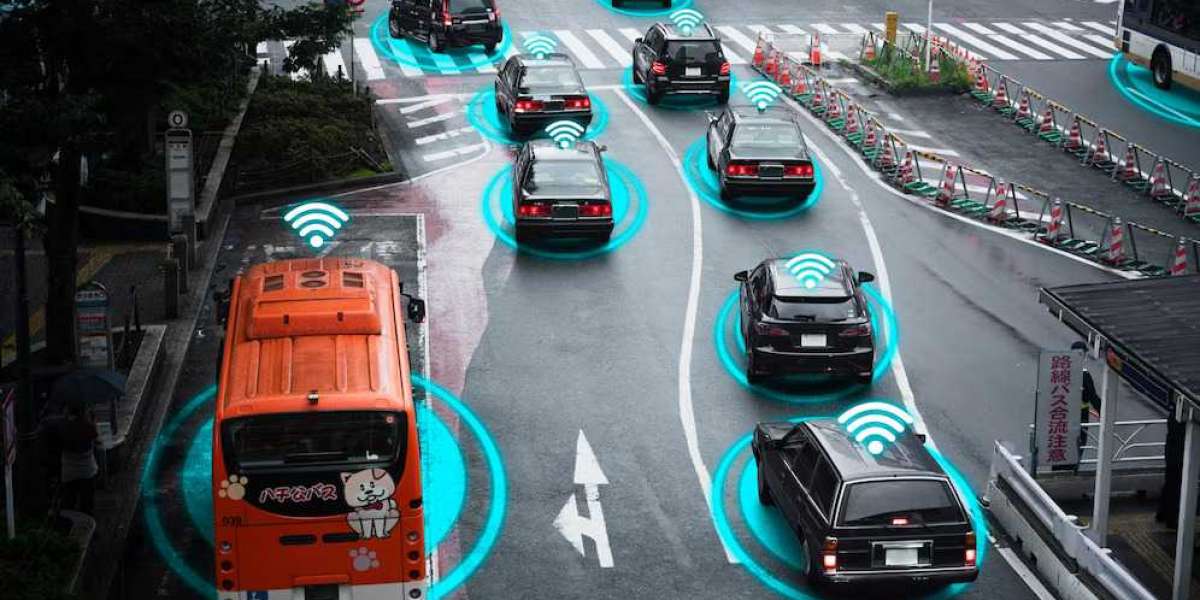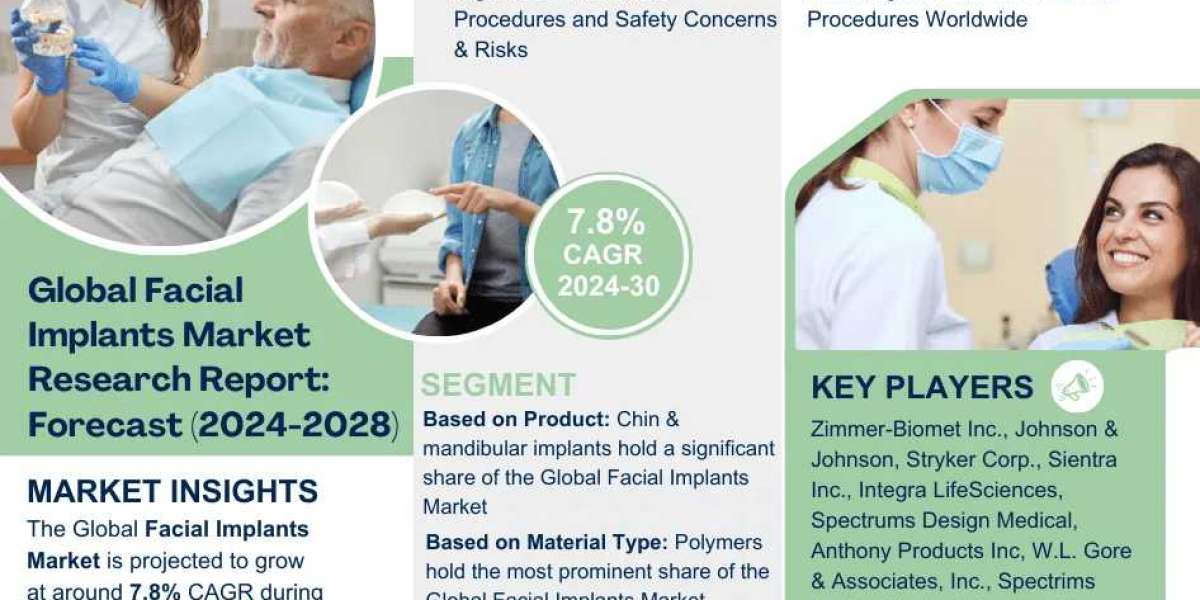Many cities are entering the world of digitization, and many city planners and officials are constantly looking for different methods to streamline these societies with developing technologies. This is especially true regarding transit, so the Intelligent transport management system is becoming indispensable to every growing city. However the ITSM system provides endless application opportunities, but its use is wider than traffic control. It offers an innovative approach to conventional transportation systems with better efficiency, safety, and security and addresses common traffic problems like congestion.
But what do intelligent transport management systems mean, and how does it work? Here in this article, we discover in detail.
What is an Intelligent Transport System?
Intelligent transport system integrates classic transportation structure and vehicles with smart data and communication technology. It is designed to enhance the safety, reliability of existing modes of transportation, and efficiency along with minimizing fuel consumption of environmentally–friendly travel. Numerous approaches, technologies, and concepts are used in ITSM system structure, and the application of ideas and project scalability vary from location to location.
Worldwide, some cities use ITS to make their public transport system effective, and many motorways use ITS to avoid accidents with minimum delays. However, an overall aim of the ITSM system is to enhance the work pattern of transport by using data-sharing technology, which adapts and responds to the changes in the system. Its leading features offer actual travel time information and a change in how a service runs to maximize efficiency and safety based on numerous external factors.
How Intelligent Transport Systems Work?
The traffic management system is the core unit of the ITSM system. Mainly, it is a technical system that is monitored by transportation authorities. Thus, all the information is collected and administrated for further evaluation and control management of traffic in actual time or to gather information about the local vehicle.
A traffic management center's well–organized and efficient operations rely on automatic data collection with precise location information. They use this data to produce accurate information and transmit it back to the travelers. So, here we celebrate the whole procedure in further detail.
- Data Collection
Strategic planning requires precise, in–depth, and instant data collection in real-time observation. The information is gathered here through multiple hardware and tools that lay the base of further ITS functions. However, such devices are automatic vehicle identifiers, sensors, cameras, GPS-based automatic vehicle locators, etc. The hardware will record information on traffic count, travel speed, time, location, vehicle weight, surveillance, and delays. This device can quickly connect with the data collection center, saving huge data collection for further analysis.
- Data Transmission
In ITS implementation, quick and real-time information communication is vital. Thus, this aspect of the ITSM system includes transferring collected data from the TMC field and sending it back that processed information from TMC to travelers. The traffic-relevant announcements are conveyed to travelers through the Internet, onboard units of vehicles, and SMS. Other communication modes are dedicated short-range communications (DSRC) using radio and Continuous Air Interface Long and Medium Range (CAILM) using cellular connectivity and infra – red links.
- Data Analysis
TMC processes the data in various ways. The steps include error correction, data cleaning, synthesis, and adaptive logical analysis. Specialized software is used to identify and correct data inconsistencies. The data is then altered further and gathered for analysis. The mended data is then analyzed to provide users with the appropriate information.
- Information Distribution
The Travel Advisory System is used to provide transportation updates for the user. The system provides real-time updates on travel time, speed, delays, road accidents, changes in route, diversion, and work zone conditions. The system delivers this information through various electronic devices, such as variable message signs (VMS), highway advisory radios, the internet, SMS, and automated cells.
Conclusion
In the transportation engineering world, the invention of intelligent transport is a specific area of development that brings drastic revolutions and is predicted to continue in the future. This advanced technology is installed in many places and integrated with their transport infrastructure. ITS provides both safety and comfort for citizens and ease of maintenance and monitoring to city administrators. If you are looking for the best traffic management solutions and have detailed knowledge about the ITSM system, consider Vehant Technologies, which is reliable and cost–effective.








